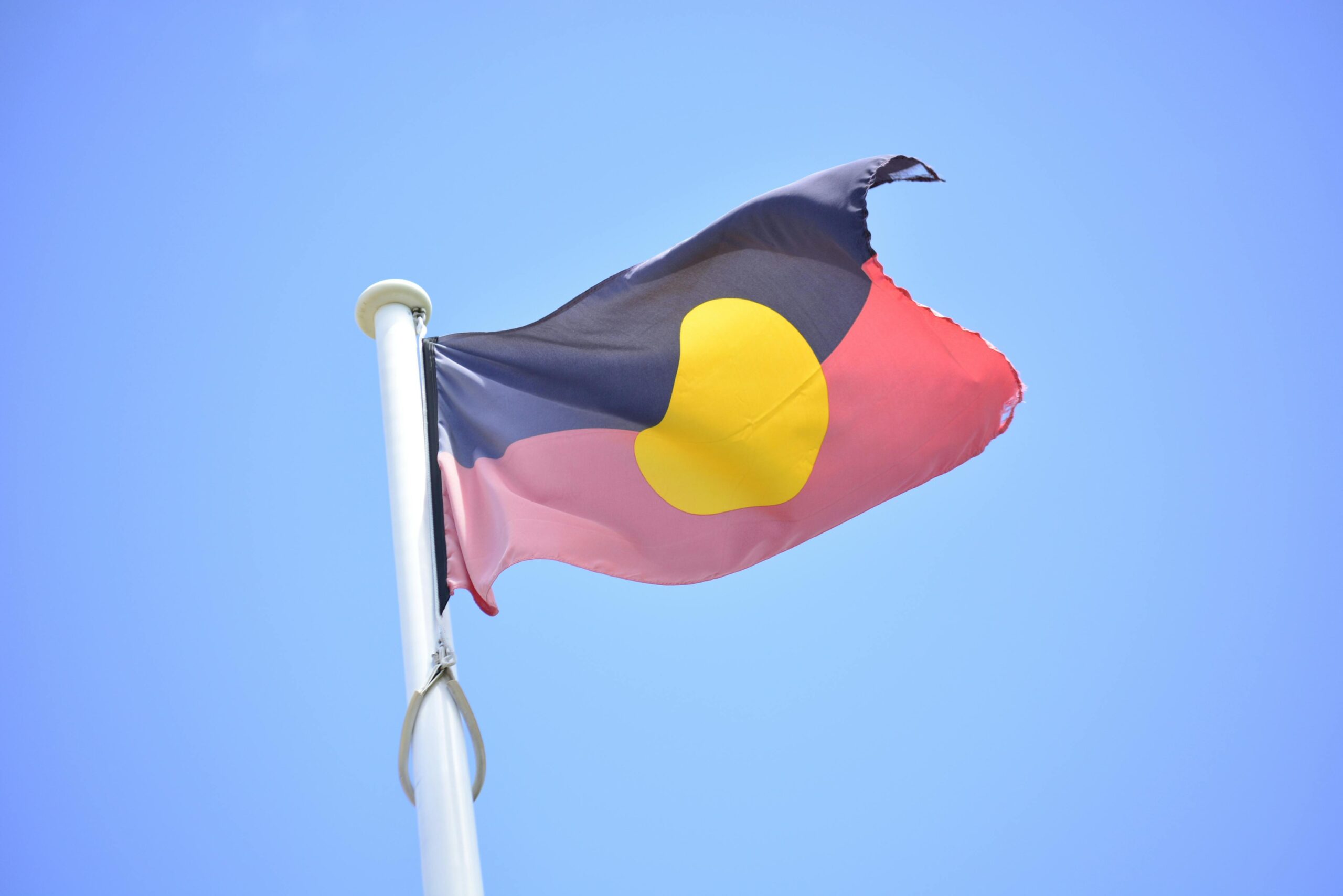Navigating life in a new country involves more than understanding laws and finding a community; it requires a deep appreciation for the nation’s history, including its most painful chapters. For newcomers, permanent residents, and international students in Canada, understanding the significance of September 30th is a vital step toward cultural integration and allyship. This day is known as both Orange Shirt Day and the National Day for Truth and Reconciliation, a solemn occasion dedicated to remembering the tragic history and ongoing legacy of Canada’s residential school system.
Table of Contents
- The Enduring Legacy of Orange Shirt Day: A Survivor’s Story
- Unveiling the Somber History: What Were Canada’s Residential Schools?
- The National Day for Truth and Reconciliation: A Solemn Commitment to Healing
- Observing September 30th: A Guide for Newcomers and International Students
- Is the National Day for Truth and Reconciliation a Statutory Holiday?
- Frequently Asked Questions
The Enduring Legacy of Orange Shirt Day: A Survivor’s Story
The powerful grassroots movement known as Orange Shirt Day began with the deeply personal and heartbreaking story of one survivor, Phyllis Webstad of the Stswecem’c Xgat’tem First Nation. In 1973, at just six years old, Phyllis was sent to the St. Joseph Mission Residential School in British Columbia. For her first day, her grandmother had bought her a brand new, shiny orange shirt—a gift she cherished and wore with excitement and pride. Upon her arrival at the institution, however, that precious shirt was unceremoniously stripped from her, never to be seen again. This act, though seemingly small, was profoundly symbolic. It represented the systemic stripping away of identity, culture, and self-worth that was the foundational goal of the residential school system. For Phyllis, the color orange came to represent the feelings of worthlessness and insignificance she endured, a painful reminder that her feelings did not matter. For decades, her story and the stories of thousands of other children remained unheard by the wider Canadian public. In 2013, Phyllis courageously shared her experience, and her story resonated with astounding force, birthing the Orange Shirt Day movement. The orange shirt was reclaimed as a powerful symbol of remembrance and defiance, now representing the message that Every Child Matters. It stands as a testament to the resilience of survivors and a commitment to ensuring that no child ever again has their identity and spirit suppressed in such a cruel manner.
Unveiling the Somber History: What Were Canada’s Residential Schools?
To fully grasp the meaning of the National Day for Truth and Reconciliation, one must confront the devastating history of the residential school system. These were not simply boarding schools; they were government-sponsored, church-run institutions established with the explicit purpose of assimilating Indigenous children into Euro-Canadian culture. The first schools opened in the 19th century, and the last one did not close its doors until 1996. Over 150,000 First Nations, Métis, and Inuit children were forcibly removed from their families and communities and sent to these schools, often located far from their homes. The stated policy was to “kill the Indian in the child.” Children were forbidden from speaking their native languages or practicing their cultural traditions, facing severe and often brutal punishment if they did. The conditions were horrific; malnourishment, disease, and abuse—physical, emotional, and sexual—were rampant. Thousands of children never returned home, dying at the schools from neglect and mistreatment, their fates often unrecorded and their families left without answers for generations. This system created a profound and lasting intergenerational trauma that continues to affect Indigenous communities today, contributing to disparities in health, education, and economic well-being. The discovery of unmarked graves at former school sites in recent years has brought this horrific reality into sharp focus for all Canadians, underscoring the urgency and importance of truth before reconciliation can ever be fully realized.
The National Day for Truth and Reconciliation: A Solemn Commitment to Healing
The creation of the National Day for Truth and Reconciliation is a direct outcome of the vital work of the Truth and Reconciliation Commission of Canada (TRC). Established in 2008, the TRC spent six years traveling the country to hear the testimonies of more than 6,500 survivors and witnesses. In 2015, the TRC released its final report, a comprehensive and gut-wrenching account of the residential school system’s history and legacy, concluding that the system amounted to cultural genocide. The report included 94 Calls to Action—specific, tangible recommendations for all sectors of Canadian society to address the legacy of the schools and advance reconciliation. Call to Action #80 specifically urged the federal government to establish a statutory holiday to “honour Survivors, their families, and communities, and ensure that public commemoration of the history and legacy of residential schools remains a vital component of the reconciliation process.” In response, the Government of Canada passed legislation in 2021 to designate September 30th as the National Day for Truth and Reconciliation. This day is a formal, national commitment to remember, to learn, and to reflect on a dark chapter of Canadian history. It is a day for all people in Canada to pause and consider the painful legacy of these institutions and to reflect on their own role in the ongoing journey of reconciliation with Indigenous Peoples.
Observing September 30th: A Guide for Newcomers and International Students
For those new to Canada, participating in the National Day for Truth and Reconciliation is a meaningful way to connect with the country’s deeper history and demonstrate solidarity with Indigenous communities. Observing this day is not about guilt, but about shared responsibility for building a better future. The first and most crucial step is education. It involves moving beyond a surface-level understanding and engaging with the difficult truths of the past. For newcomers and international students, this is an opportunity to learn the history that is often not taught in introductory guides to Canada. Participation should be approached with respect, humility, and a genuine desire to learn. Wearing an orange shirt is a visible sign of support, but it is important to ensure the shirt is purchased from an Indigenous-owned business or organization, as this directly supports the communities at the heart of the movement. Attending local events, such as commemorative walks, public talks, or ceremonies, can be a powerful experience. Many communities, like Vancouver and others across British Columbia, host public gatherings that offer a space for collective reflection. This day is a call to action for all residents of Canada, new and old, to become active participants in the process of reconciliation, which is an ongoing journey, not a single event.
Key Ways to Participate Respectfully
- Wear an Orange Shirt: Purchase a shirt from an official Orange Shirt Day Society vendor or a local Indigenous artist or organization to show solidarity and ensure proceeds support Indigenous causes.
- Educate Yourself and Others: Dedicate time to learning about the history of residential schools. Read the TRC’s 94 Calls to Action, watch documentaries like “We Were Children,” or explore reports from the National Centre for Truth and Reconciliation.
- Attend Community Events: Look for local events in your city or on campus. Many municipalities and educational institutions organize walks, film screenings, guest lectures from survivors, and other commemorative activities.
- Listen to Indigenous Voices: Seek out and amplify the stories of survivors and the perspectives of Indigenous leaders, artists, and elders. Follow Indigenous news outlets and social media creators.
- Engage in Quiet Reflection: Take time for personal reflection on Canada’s history and consider what concrete actions you can take to support reconciliation in your daily life throughout the year.
Is the National Day for Truth and Reconciliation a Statutory Holiday?
The status of the National Day for Truth and Reconciliation as a statutory holiday can be a point of confusion. At the federal level, September 30th is a statutory holiday. This means that federal government employees and workers in federally regulated industries—such as banking, telecommunications, and inter-provincial transportation—are entitled to a paid day off. However, the designation does not automatically apply to all workers across the country. Provincial and territorial governments must pass their own legislation to recognize it as a statutory holiday for workers under their jurisdiction. As of now, several provinces and territories have done so, including British Columbia, Prince Edward Island, the Northwest Territories, Nunavut, and the Yukon. In other provinces, like Ontario and Quebec, it is not a general statutory holiday, meaning most businesses and schools may remain open. It is crucial for employees and employers to check their specific provincial or territorial labour laws to understand their rights and obligations. Regardless of its official holiday status in a given region, the day’s importance remains unchanged. Many businesses and organizations choose to close or provide educational opportunities for their staff, recognizing the profound significance of setting aside this time for national reflection and remembrance of the victims and survivors of the residential school system.
Frequently Asked Questions
What is the National Day for Truth and Reconciliation?
The National Day for Truth and Reconciliation is a federal statutory holiday in Canada observed annually on September 30th. It was established to honour the survivors of the residential school system, the children who never returned home, and their families and communities. The day is dedicated to public commemoration, education, and reflection on the tragic and painful history and ongoing legacy of residential schools.
What is Orange Shirt Day?
Orange Shirt Day is a grassroots movement that also takes place on September 30th to raise awareness about the residential school system in Canada. It was inspired by the story of survivor Phyllis Webstad, whose new orange shirt was taken from her on her first day at a residential school. Wearing an orange shirt has become a symbol of remembrance and a way to honour the experiences of Indigenous Peoples.
Why is the National Day for Truth and Reconciliation on September 30th?
This date was chosen because it aligns with Orange Shirt Day and coincides with the time of year when Indigenous children were historically taken from their homes and communities to be sent to residential schools. It serves as an annual marker to ensure that the memory of this history is not lost. The timing provides a focus for education and remembrance as the school year begins.
What does the phrase “Every Child Matters” signify?
“Every Child Matters” is the core message of the Orange Shirt Day movement. It is a powerful affirmation that all children, including the Indigenous children who attended residential schools, have value and deserve to be treated with dignity and care. The phrase serves as a tribute to those who suffered in the schools and a commitment to ensuring the well-being of all children today.
How can newcomers to Canada respectfully observe this day?
Newcomers can observe the day by prioritizing education on the history of residential schools and the TRC’s 94 Calls to Action. Respectful participation includes wearing an orange shirt purchased from an Indigenous vendor, attending local community events for commemoration, and listening to the voices and stories of Indigenous Peoples. It is a day for listening, learning, and quiet reflection rather than celebration.
Is September 30th a statutory holiday for everyone in Canada?
No, it is not a universal statutory holiday. It is a federal statutory holiday, which applies to federal government employees and those in federally regulated sectors. Whether it is a provincial or territorial holiday depends on the specific legislation of each province or territory, so its status varies across the country.
Talk to us to find out more. ->
The content above is not intended to provide legal advice or opinions of any kind and may not be used for professional or commercial purposes.







